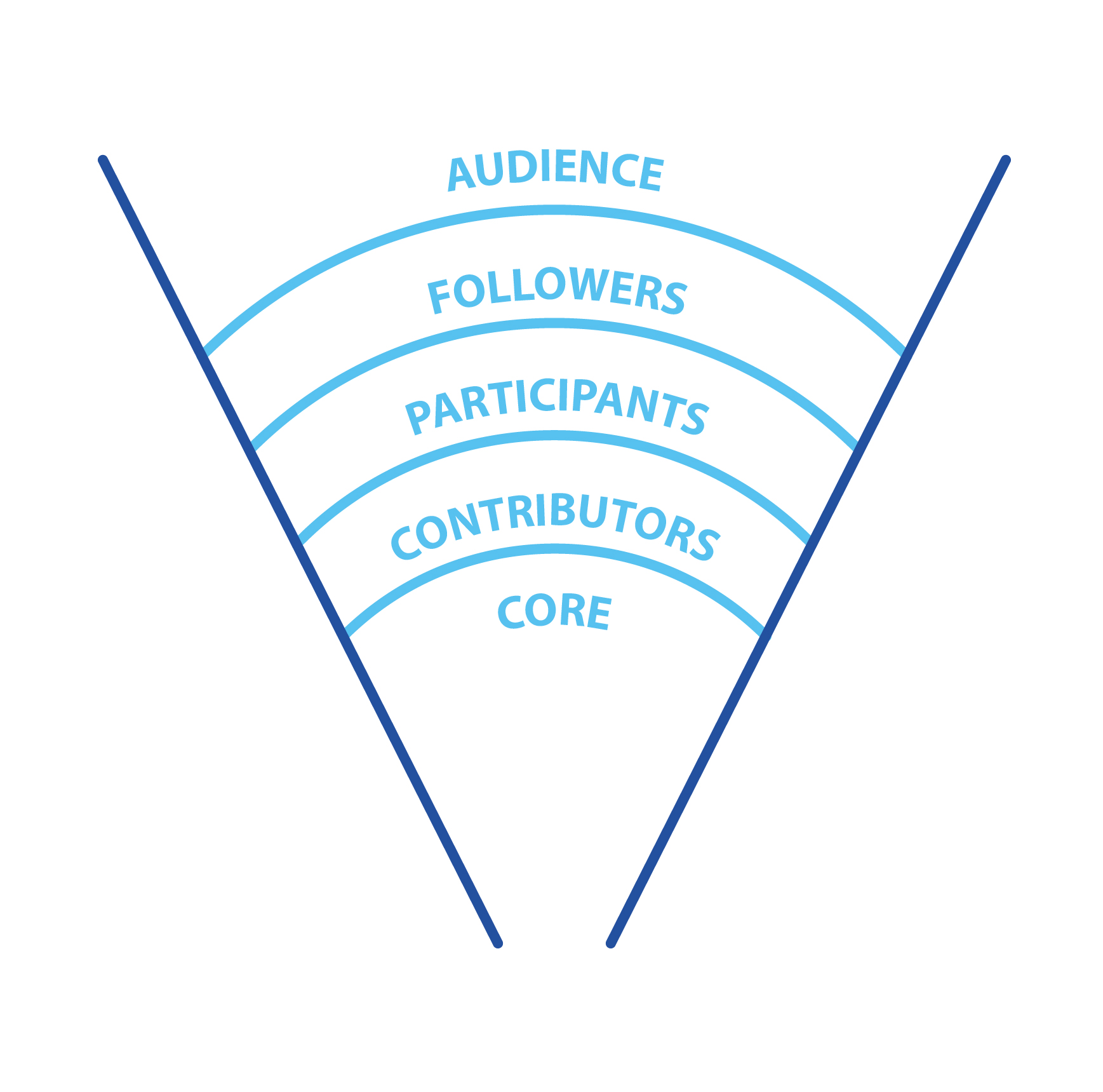The Centre for Effective Altruism has lots of simple models of how the effective altruism community works. In this post, we set out the models, and discuss how they relate.
Each model captures some facet of things, and hides other important issues. This is why we find it useful to have multiple models - each highlights a different aspect of our work.
The models
We can summarize the models as follows (please click through to read about each of the models in more detail):
- Awareness/Inclination model
- Purpose: Understand the impact of ideas
- The model: Individuals can be more or less aware of a set of ideas, and they can be more or less positively inclined towards those ideas. One of the goals of community building is to make people more aware of and inclined toward the ideas of that community.
- Current takeaway: We should focus on increasing awareness and inclination, rather than awareness alone.fn-1
- Fidelity model of spreading ideas
- Purpose: Understand how ideas spread
- The model: It seems important to spread ideas with fidelity, such that they retain their nuance. If a method of spreading allows for more ideas or more nuanced ideas, and takes place in an environment where feedback is possible, it is likely to be higher fidelity.
- Current takeaway: Prioritizing fidelity pulls away from spreading ideas through mass media, which is low-fidelity, and pushes toward spreading ideas in person, locally, and in nuanced research pieces. It encourages thinking about how to retain nuance when using any platform.
- Concentric Circle model
- Purpose: Describe different sections of the community
- The model: People are more or less engaged with the community and its ideas. We can view people as fitting into a series of concentric circles, with the more engaged in more central circles.
- Current takeaway: We have short labels that allow us to communicate about the target audiences for our various projects.
- Funnel model
- Purpose: Help understand the goals of our projects, and prioritize between them
- The model: One of our goals is to increase the engagement of individuals with the community and its ideas. We can view this as a marketing funnel, with some projects focused on broader audiences, and others focused on increasing the engagement of the smaller number of highly engaged individuals.
- Current takeaway: Our current focus should be on the lower parts of the funnel, because increasing the engagement of highly engaged individuals seems to be the area where we can make the most gains.
- Three-Factor model
- Purpose: Help understand what determines the value of the community, and in particular, what determines the amount of impact that individuals can have.
- The model: An individual’s impact can be viewed as the product of their resources, dedication, and realization (as defined at the link).
- Current takeaway: It appears that some individuals, by virtue of their resources and circumstances, may have many orders of magnitude more impact than others.
Relationships between the models
This section will likely only make sense if you are already familiar with the models above.
Awareness/Inclination & Fidelity model of spreading ideas
The Awareness/Inclination model focuses on the way in which we want people to engage with our ideas. The Fidelity model sets out practically how we should ensure ideas spread in the way that we want.
Awareness/Inclination & Concentric Circles
Awareness and inclination are likely to be correlated with engagement.

So we could view the top right corner of the awareness-inclination diagram as being the center of a set of concentric circles of engagement.

Concentric Circles and Funnel
The Concentric Circles model is descriptive: it gives us labels for different levels of engagement in the community. The Funnel model is prescriptive: it sets out our plans for encouraging people towards more central circles. You could think of the concentric circles being what the funnel looks like from above, with outer circles being near the top of the funnel, and inner circles being near the bottom.

Funnel & Three-Factor
Various aspects of engagement are linked to factors of the Three-Factor model. For instance, dedication is one aspect of engagement. Additionally, engagement with ideas and engagement with the community are probably correlated with realization. Therefore, we might expect that those in the more central circles on average have more ability to help others.
Footnotes
- In fact, our strategy is more precise than this. It seems to be harder to affect inclination than awareness. Increasing both inclination and awareness seems to be quite difficult. Our current way of resolving this is to focus our efforts on increasing the awareness of those who already have relatively high inclination. This sort of targeted approach was not extensively considered in the original writeup, which we’ve linked to.↩
